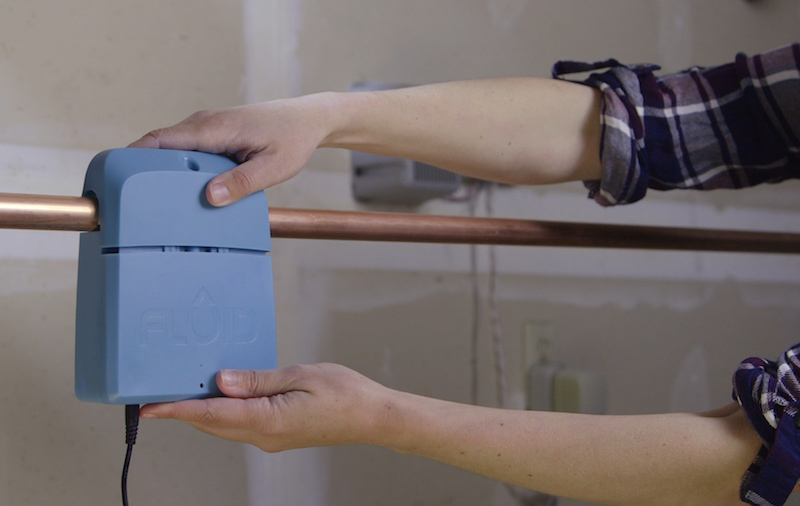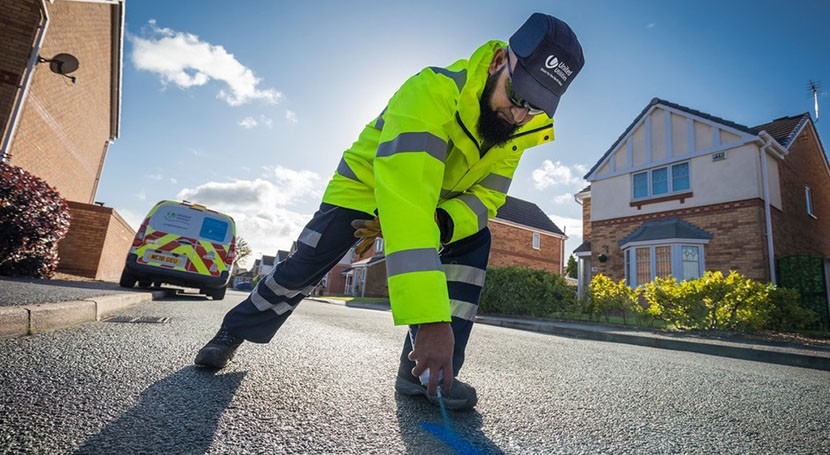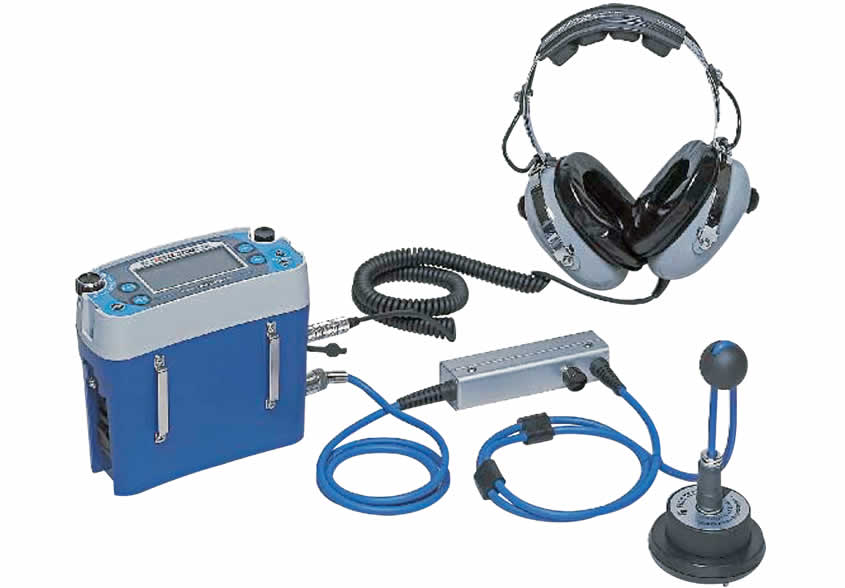Ingenious Solutions for Very Early Discovery of Water Leakages in Buildings and Facilities
From cutting-edge leak discovery modern technologies to the implementation of IoT sensors for real-time tracking, the landscape of leak prevention is progressing swiftly. Automated water flow evaluation systems are reshaping just how leakages are recognized and addressed, leading the way for an aggressive method to water leak discovery.
Advanced Leak Discovery Technologies
Advanced leak detection technologies, equipped with innovative sensors and formulas, play a crucial function in promptly identifying and pinpointing water leakages in various setups. These modern technologies utilize a mix of acoustic, thermal, and electro-magnetic picking up approaches to detect leaks precisely. Acoustic sensing units find the noise of running away water, allowing for precise localization of the leak source. Thermal imaging spots temperature adjustments triggered by water leakage, providing another reliable method for leak recognition. Electro-magnetic sensing units can identify modifications in magnetic fields caused by water, offering yet an additional layer of leak discovery ability.

IoT Sensors for Real-Time Monitoring
In the world of modern-day water leak discovery, the integration of IoT sensing units for real-time monitoring stands for a critical improvement in enhancing aggressive leak detection capabilities. These sensors provide continual tracking of water supply, supplying real-time information on water flow prices, stress variations, and temperature level adjustments. By leveraging IoT innovation, these sensing units can find even the tiniest anomalies in water usage patterns, making it possible for early identification of potential leaks prior to they escalate into significant issues.
IoT sensors send data to a centralized platform, where innovative formulas assess the info and create alerts or alerts when irregularities are detected. This real-time monitoring ability allows homeowner or center managers to without delay attend to leakages, minimizing water damage, minimizing repair costs, and conserving water resources.
Additionally, IoT sensors can be integrated with building monitoring systems, enabling automated feedbacks to discovered leaks, such as turning off water valves or triggering pumps to minimize the effect of leaks. On the whole, the execution of IoT sensing units for real-time surveillance substantially boosts the efficiency and effectiveness of water leakage discovery in structures and facilities.
Artificial Intelligence Algorithms for Leak Forecast

One trick benefit of utilizing maker knowing for leak prediction is its ability to continually learn and boost its precision over time. As more data is gathered and fed into the algorithm, it can refine its predictions and adapt to transforming problems, inevitably raising the reliability of leak discovery systems.
Moreover, maker knowing formulas can assist in recognizing refined signs of leaks that might go unnoticed by conventional tracking methods. water leak detection. By evaluating intricate information sets in real-time, these algorithms can provide early warnings and notifies, permitting prompt treatment and preventive maintenance to minimize prospective water damage and connected prices
Making Use Of Thermal Imaging for Leak Detection
Thermal imaging modern technology provides an appealing technique for detecting water leakages in different systems and infrastructures. By making use of infrared radiation and temperature differences, thermal imaging video cameras can identify surprise leakages that are not quickly visible to the nude eye. When water escapes from pipes or frameworks, it frequently transforms the temperature level of the surrounding area, producing temperature level differentials that thermal video cameras can catch. These temperature irregularities are after that equated right into their explanation noticeable images, highlighting the specific location of the leakage.
Among the vital advantages of thermal imaging for leakage detection is its non-intrusive nature. Unlike conventional approaches that might need burglarizing walls or floorings to find leaks, thermal imaging enables non-destructive testing. This not just saves time and lowers prices yet also reduces disturbance to the building or framework being examined. Furthermore, thermal imaging can quickly check big areas, providing an extensive introduction site here of possible leak sources in a timely fashion. In general, the use of thermal imaging innovation improves the effectiveness and accuracy of water leakage discovery, making it a beneficial device for preserving the stability of structures and facilities.
Automated Water Circulation Analysis Solutions
Just how can automatic water flow evaluation systems change the detection and monitoring of leaks in various systems and frameworks? Automated water flow analysis systems use an aggressive approach to leak detection by continuously keeping an eye on water circulation prices and patterns. By developing baseline data, these systems can promptly determine discrepancies that may suggest a leak, allowing timely intervention to stop comprehensive damages.
These systems utilize innovative algorithms to analyze real-time information and offer immediate alerts when abnormalities are spotted, enabling swift activity to be taken. Additionally, automated water circulation evaluation systems can be incorporated Discover More Here with building monitoring systems or IoT systems, enhancing overall effectiveness and allowing remote surveillance capacities.
In addition, the information collected by these systems can be utilized for predictive upkeep objectives, helping to identify possible weak factors in the facilities before leakages occur. Generally, the implementation of computerized water circulation evaluation systems can considerably boost leak detection and monitoring techniques, ultimately bring about set you back savings, decreased water wastefulness, and boosted sustainability in buildings and infrastructure.

Conclusion
Finally, the integration of innovative leakage discovery modern technologies, IoT sensing units, maker understanding algorithms, thermal imaging, and automated water flow analysis systems supplies cutting-edge remedies for very early detection of water leaks in structures and infrastructure. These technologies allow real-time tracking, forecast of leaks, and efficient discovery methods to stop water damage and wastefulness. Carrying out these remedies can aid in preserving the stability and sustainability of water systems in different setups.